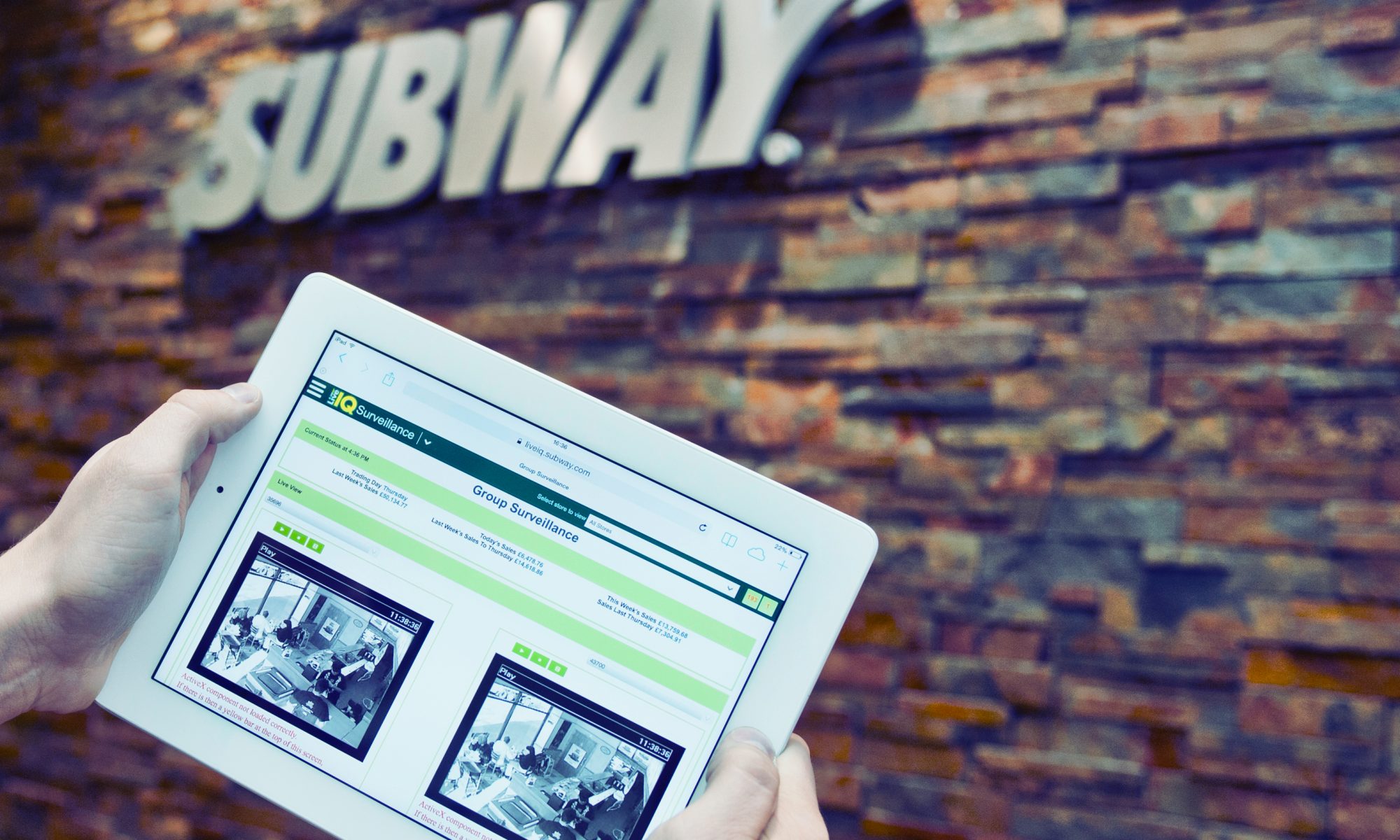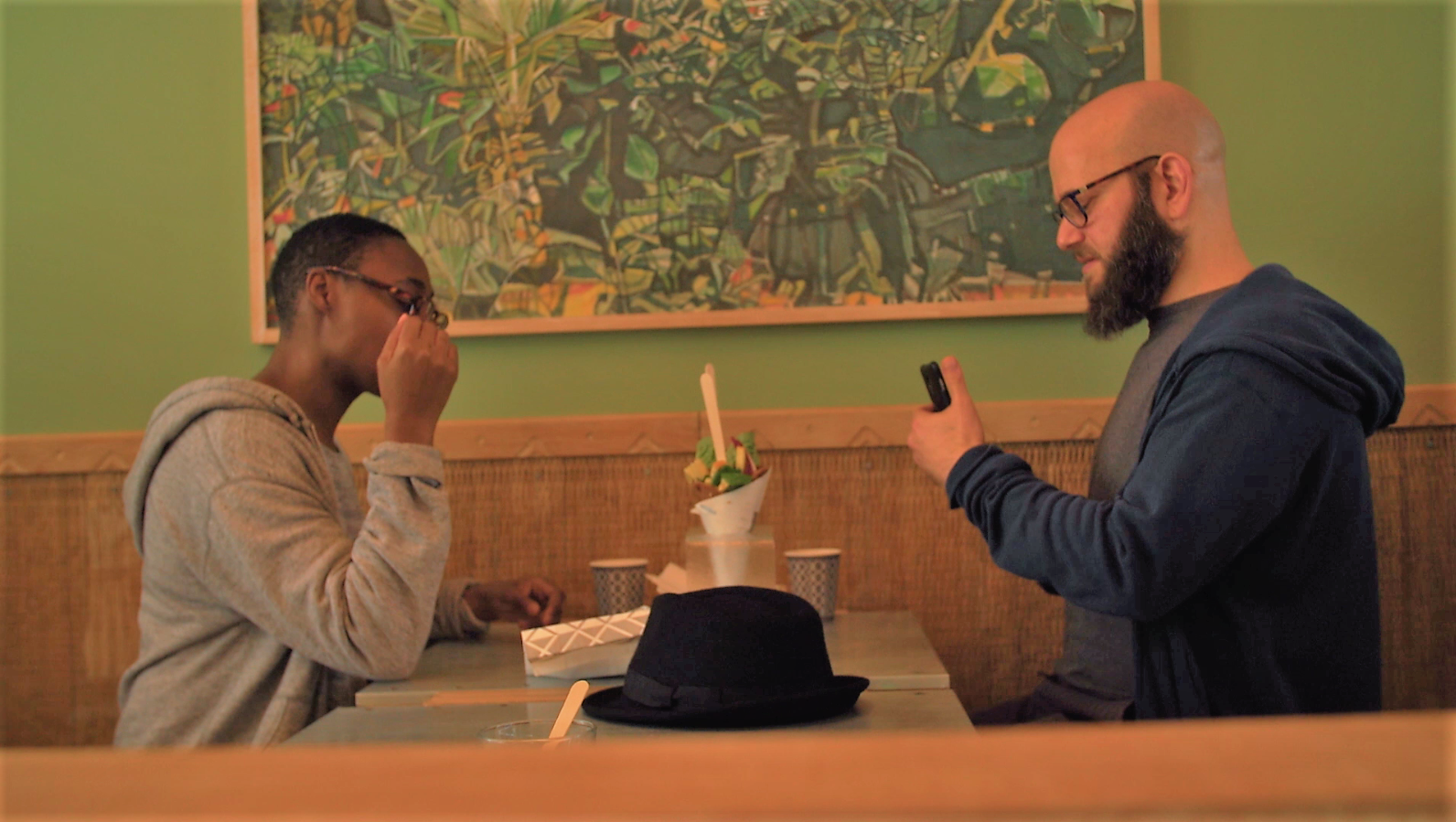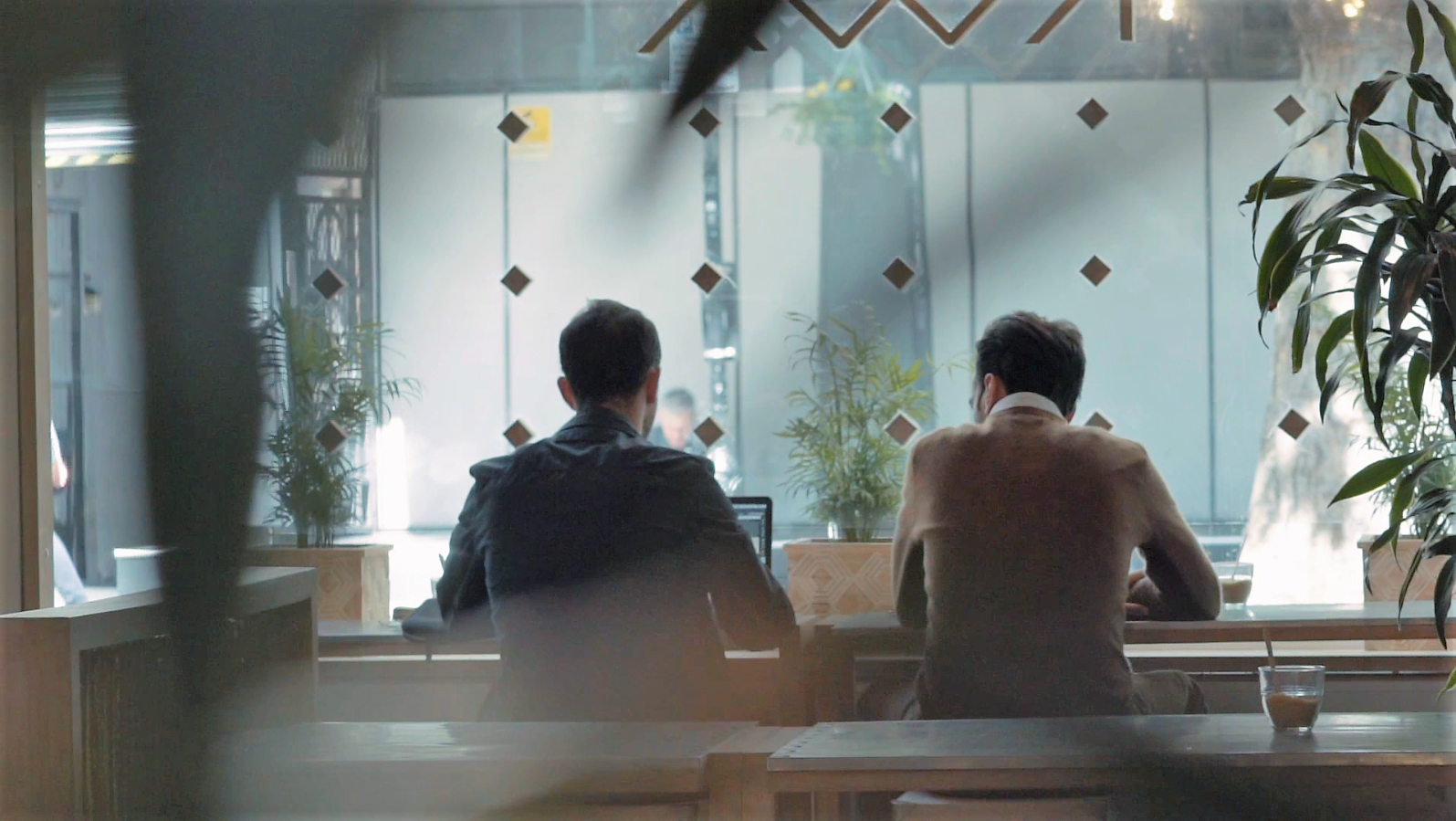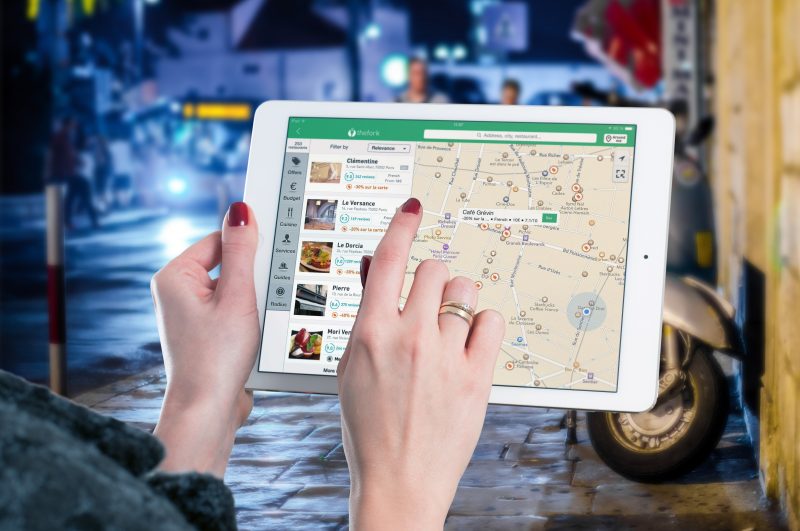The hospitality industry has one of the highest turnover rates than any other industry in the world. For any number of reasons restaurant businesses are constantly seeing employees come and go at a huge cost to their business. This has led to a lot of food businesses offering more incentives to stay: better pay, flexible hours, more training, career progression… But turnover still remains a huge problem.
One thing that is often overlooked when it comes to employee retention is communication.
It’s a simple concept but a lot of people don’t even think about it. For any hospitality organisation, small or large, communication should be an integral part of your culture and your business plan. You can throw any amount of money at employees but if they’re not engaged with your business goals, they’re still going to be unproductive and inefficient members of staff.
Effective communication has been proven to increase employee retention and motivation. Not only that, better communication between owners, managers and teams helps build employee engagement which increases employee satisfaction, productivity, and profitability.
Engaged and satisfied employees feel valued, listened to and like they have a voice. They understand their role, what they need to do and how, and the impact they have on the organisation.
But how do you communicate this effectively to multiple employees all over the country?
When people think of communication, they think face to face, phone, email, text. However, employees might not get to the phone during busy periods. An email might be missed meaning the information quickly becomes out of date. Texting encourages employees to have their mobile phones out at work and even if it is for work purposes, it still looks unprofessional to the unknowing customer. And getting around to every employee in every location to speak to them face to face would be a full-time job in itself!
So how can you get the right information to your employees at the time they need it?
Hosting your communication platform on your POS, a device that employees regularly use, means that no information is missed. It keeps your teams in the loop with what’s going on instantly. Send messages to let employees know about schedule changes, VIP guests, or remind them about new menu items. Set tasks and targets to boost motivation and so that even unexperienced employees know what they should be doing. Store important documents, procedure or allergy information in a central location where everyone can access them. No more sauce stained papers!
Effective communication is hard to master. But it doesn’t have to be.
If you want to improve communication within your teams, ask us about Bizzlle or check out the website here.











